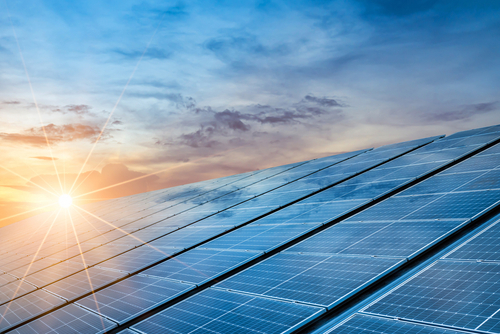U.S. electric power sector experienced 4 percent fewer delays in utility-scale solar projects in 2023

Fewer delays faced U.S. utility-scale solar deployments last year, according to the latest Electric Power Monthly from the United States Energy Information Administration (EIA).
Solar developers faced delays to online dates on approximately 19 percent of planned solar capacity in 2023. The year before, the average was 23 percent. While the industry could celebrate the gains, that is still more delays the industry faced on average between 2018 and 2021. Despite this, the industry added 19 GW of new utility-scale solar photovoltaic (PV) generating capacity in 2023 – a 27 percent increase over 2022 capacity levels.
Because of this, the EIA labeled solar power as the fastest-growing source of new electricity generation in the United States. It credited falling costs, tax credits and other renewable incentives for the uptick.
Citing an analysis from the Lawrence Berkeley National Laboratory, the EIA reported that the median length for solar projects has reached 25 months from signing of interconnection agreements to actual commercial operation dates. Delays can arise due to various complications, such as permitting troubles, construction, equipment testing or the availability of materials.
For solar, tariffs are a major cause of concern. Tariffs on imported silicon from China and certain companies from Cambodia, Malaysia, Thailand, and Vietnam will kick in this June, after a temporary reprieve for these critical solar PV cell and module materials granted by President Joe Biden.
As things stand, the power sector added about 6 GW of net summer solar capacity in the first quarter of this year. Another 30 GW are in various stages of development, and going forward, another 26 GW of capacity should enter service next year.
